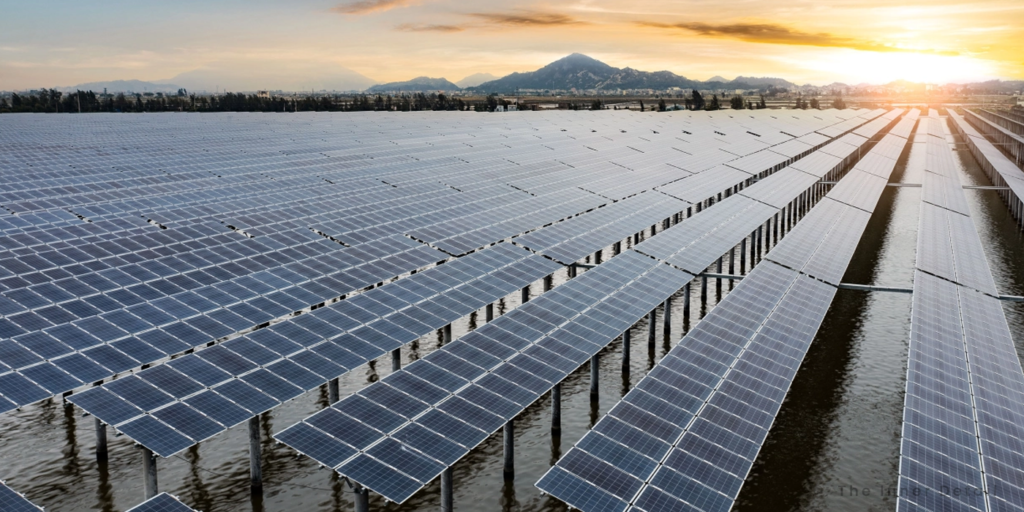India is set to emerge as one of the leading renewable energy generating countries, aims to produce 500 GW of renewable energy by 2030, mainly of solar.
India’s Union Minister for Power and Renewable energy, Raj Kumar Singh said that India is witnessing the fastest growing capacity in renewable energy. While speaking at an event in Delhi, the Minister handed a glimpse of the country’s current plans in the renewable energy sector, including hydrogen, fostering a robust ecosystem. India is the fifth leading solar-power producer in the world with 70 GW of solar energy being produced annually, as of July 2023.
Marching further, India fixes target of 500 GW of renewable energy production by the year 2030. With substantial existing solar manufacturing capacity and ambitious projects laid on the table, including polysilicon facilities, India is heading to become one of the largest solar producers in the world.
India’s Renewable Energy
India being one of the fastest growing economies in the world, it has managed to control its per capita emissions of greenhouse gases, which are much lower than the world average. However, the country is striving to achieve a fine balance between meeting its surging energy needs and reducing carbon emissions.
In this aspect, India foresees to be the leading renewable powerhouse with its ambitious plans. The government has announced the trajectory to the destination of 500 GW of non-fossil fuel-based capacity target by 2030, by aiming for 50 GW per annum trajectory over the period from FY2024 to FY2028, Ramnath Krishnan, MD and Group CEO, ICRA said.
India has already achieved its Nationally Determined Contributions (NDC) target of 40% capacity from renewable sources ahead of schedule, the government reported. This pace will bring NDC goal of 50% capacity share from renewable, well ahead of 2030.
Krishnan underscored the importance of timely completion of tendering processes, risk mitigation during execution, and strengthening the domestic solar supply chain to successfully reach the capacity targets.
He projected a rise in the share of renewable energy plus hydro in India’s electricity generation mix, estimated to reach around 40% by FY2030, up from the current 23% in FY2023. To mitigate intermittency risks associated with higher levels of renewable energy generation, Krishnan stressed the necessity of developing adequate energy storage capacities at a competitive cost.
India aims to produce 280 GW of energy from solar PV by 2030, which puts for 30 GW every year. With this growth if successful, will help India climb to top three leading solar-manufacturers in the world.
(For more such interesting informational, technology and innovation stuffs, keep reading The Inner Detail).
Kindly add ‘The Inner Detail’ to your Google News Feed by following us!
















